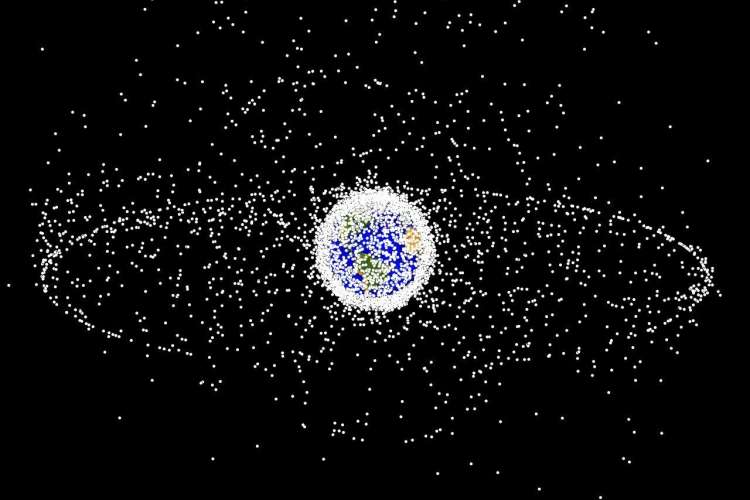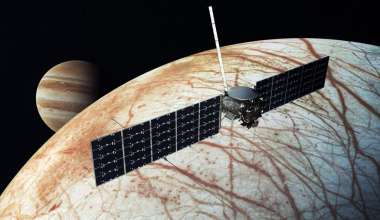On an ideal night for stargazing--under clear skies free from light pollution--the human eye unaided can see thousands of bright stars, meteor showers and even the Milky Way. It may even spot a decommissioned satellite or two—just a micro-fraction of the many pieces of space debris contributing to the congestion of Earth’s orbit.
Space debris, or more colloquially known as space junk, is considered to be any human-made object in orbit not serving a useful purpose and typically is a result of space vehicles no longer in service. The objects that fit this classification greatly range in size, from old spacecraft and the rocket stages that launched them to micro-debris like flecks of paint.
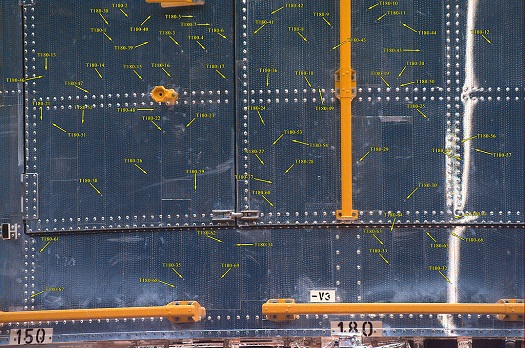
Currently, about 25,000 space debris objects are large enough to be tracked and cataloged, but when accounting for the miniscule pieces—lens covers, peeling insulation, or the fragments and shards produced from “breakup events” like colliding objects or explosions—that number rises to the millions. When factoring the velocity of orbit, almost all debris within the space environment can pose as a threat to currently healthy and operating space systems.
As the number of debris continues to grow from the effects of radiation and the expansion of activity with more participants, the risk to sustainable access to space faces increasing jeopardy.
But how did the space environment—which looks serene and clutter-free in images captured by astronauts and spacecraft—experience this significant surge in space junk? Here’s a brief history on how space debris was born and the historic and ongoing efforts by humans to keep tabs on this evolving issue.
The Space Race Era

The launch of Sputnik I in 1957 not only resulted in the creation of humanmade orbital debris—the first piece being the rocket stage that launched the artificial satellite and the second being the satellite itself—but also revealed the need to keep surveillance of these objects in space. This realization prompted the United States Air Force to create Project Space Track, a system which noted artificial space objects belonging to foreign countries as well as those launched domestically.
A combination of academic curiosity and the need for intelligence gathering continued to drive the United States in its desire to understand this new and unfamiliar frontier. A network of early warning radars was established to watch the skies for potential incoming nuclear missiles. This surveillance system helped the military distinguish between objects in orbit that posed no threat and sub-orbital ballistic weapons that did. A catalog was created from the information collected and provided insight on satellites’ predicted route over radar sites.

More space activity in the 1960s, from launches to anti-satellite (ASAT) testing and explosions of old spacecraft, further contributed to the creation of orbital debris.
Additional initiatives to continue tracking spacecraft that reached and remained in orbit commenced. These projects, such as the North American Air Defense’s (NORAD)—now known as the North American Aerospace Defense Command— Space Object Catalog, sought to improve upon the foundation that Project Space Track set.
The number of records within this database would almost triple in size on June 29, 1961 when a Thor-Ablestar rocket upper stage exploded.
The incident was the first ever satellite breakup, creating more than 200 cataloged fragments. Over the years, the number of cataloged space debris items, as well as pieces too miniscule to trace, continued to rise.
Advocacy for Curbing Debris Growth
In 1978, NASA scientists Don Kessler and Burton Cour-Palais published an influential paper that predicted the Kessler Syndrome: the point when the population of orbital debris would primarily grow from collisions alone and not be dependent on new launch activities. As a result of their work and the uptick of space activity, the debris issue gained further attention.
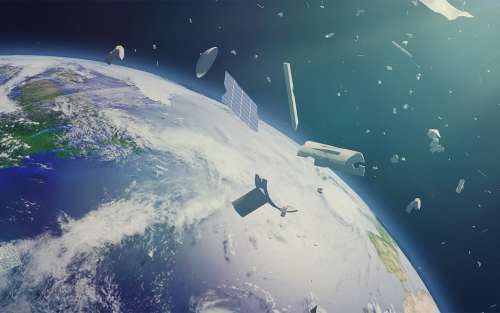
Throughout the late 1970s and 1980s, a series of debris-related space activity and the establishment of programs to observe and provide thought leadership surrounding these events simultaneously grew. For example, NASA’s creation of what is now the Orbital Debris Program (OPDO) in 1979 occurred soon after the visible reentries of Cosmos 954 and Skylab in 1977 and 1979 respectively. Located at Johnson Space Center, OPDO began conferring with the European Space Agency about debris in 1987, a dialogue which eventually brought other agencies into the conversation.
During the 1980s, the Air Force Space Debris Research Program was established as debris creation events ebbed and flowed. The research program began as multiple fragmentation events of Delta rocket systems occurred and the U.S. forayed into ASAT testing activities.
In 1993, the Inter-Agency Space Debris Coordination Committee (IADC) was founded. This international forum seeks to develop guidelines and implement coordination efforts for addressing space debris and its associated risks. The formation of a multilateral dialogue about this issue would ultimately prove to be timely.
During this time, The Aerospace Corporation began to develop a breakup modeling code known as IMPACT and a collision hazard assessment tool called DEBRIS in late 1980s and early 1990s. The corporation’s foresight and development of these capabilities made it possible for Aerospace to conduct the first near real-time risk analysis when a Space Shuttle flew through the debris cloud created by the breakup of the rocket that launched NASA’s and the Ballistic Missile Defense Organization’s Clementine spacecraft. Two years later, the first known collision between two tracked objects occurred, a French satellite and debris from a French rocket that had exploded almost a decade before.
Further recognizing the growing importance of understanding this aspect of the space environment, Aerospace established the Center for Orbital and Reentry Debris Studies (CORDS) to focus and coordinate internal efforts and to provide a central contact point for external queries in 1997.

CORDS has provided public predictions of reentries since the late 1990s, and the CORDS reentry database has documented spacecraft and other objects that have reentered the Earth’s atmosphere since 2000.
From a policy perspective, the U.S. Government released the Orbital Debris Mitigation Standard Practices (ODMSP) in 2001 (revised in 2019) as official U.S. government guidance on mitigating and preventing the growth of debris.
Other countries adopted similar policies, and the IADC issued similar international guidance.
Understanding the Debris-Causing Events
Historically, breakups have been the largest contributors to the fragmentary space debris population, with ASAT tests among the largest single events. Millions of lethal but nontrackable particles can be a consequence of explosive breakups or ASAT tests. For example, the Ariane 1 breakup in 1986 created nearly 500 trackable pieces and the 1996 Pegasus/HAPS breakup generated over 750 trackable fragments. For every trackable fragment, models suggest tens to hundreds of non-trackable fragments exist and the number of this debris type increases in quantity as the fragment size diminishes.
A relatively rapid sequence of debris events in the late 2000s resulted in questions from U.S. government leaders about debris and the risk it could present to spacecraft. Events like the Chinese FY-1C ASAT test in 2007, which added more than 3,500 trackable pieces, and the 2009 Iridium 33 satellite collision with the Russian Cosmos 2251 satellite that brought about more than 2,300 pieces of debris gave a tremendous push to efforts surrounding collision prevention and debris cleanup.
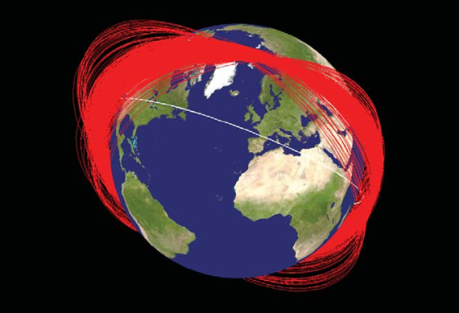
In response to the 2007 Chinese ASAT test, Aerospace created the Debris Analysis Response Team (DART). Comprised of expertise ranging from trajectory reconstruction algorithms to hypervelocity collision modeling, the team provides a unified operational immediate risk analysis to active satellites among debris fields. For longer-term analysis, the Aerospace Debris Environment Projection Tool (ADEPT) is used to examine the future population and operations environment to predict effects of operations practices and policies.
In more recent years, there has been a significant capability change for tracking debris and sorting out new mass launches of low Earth orbit (LEO) constellations.
The US. Space Force’s Space Fence has become operational, a radar system that is an improvement from a hardware and software perspective, and the 18th Space Defense Squadron has adopted prototype tools born from an Aerospace-supported research effort on uncorrelated tracks (UCTs). As the name suggests, a UCT is when a satellite trajectory does not correspond to any item in the Space Object Catalog.
The Future Space Environment
In recent years there has been a change in the space operations environment as large “NewSpace” constellations such as Starlink and OneWeb have begun to launch, and commercial operations have exceeded government and military activity. This can be illustrated by the change in debris to spacecraft ratio: 75% vs. 25% in 2016 and now 62% vs. 38%. The rapid addition of active spacecraft is shifting the mix of spacecraft and debris. LEO is becoming rapidly more congested, and the need for space traffic management is becoming acute to prevent collisions and new space debris. In 2018, Space Policy Directive 3 called for the creation of a civil space traffic management organization, and a transfer of safety responsibility from the military.
As a result of the rising number of launches from military, civil and commercial actors, collision avoidance support is becoming a key component of launch and orbit operations. Although colliding with space debris is a low-probability event, the uptick of spacecraft is narrowing launch windows and creating new operational challenges.
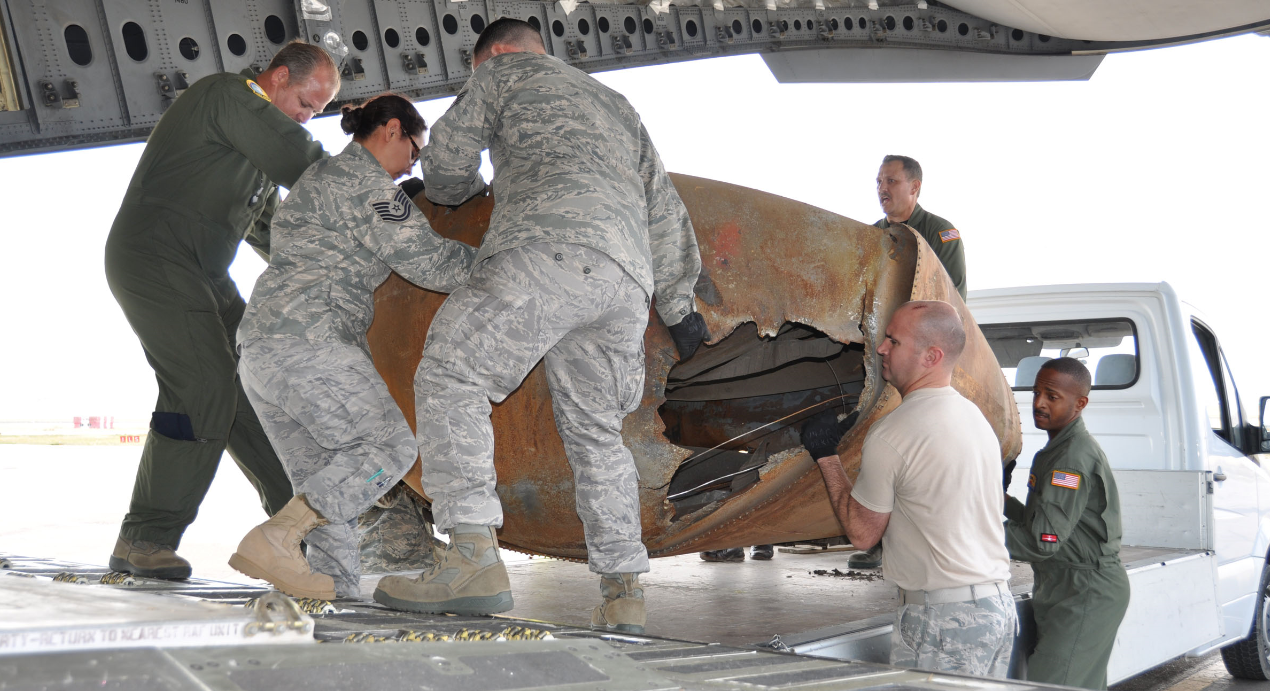
With this frontier becoming increasingly congested and contested, it is becoming more important than ever to address questions surrounding space sustainability, including developing capabilities to prevent and remove orbital debris. Fortunately, recent missions like RemoveDEBRIS[1] and ELSA-d[2] and space companies such as Astroscale[3] and ClearSpace[4] are actively advancing debris removal technology and solutions.
Furthermore, ultimately securing a sustainable space environment for the future will require collaboration and cooperation among government, commercial and international stakeholders across the space enterprise.
Continued research, development and policymaking is necessary to successfully advance in this new era of space. Many have feared that the growing debris predicted in the “Kessler syndrome” will be a disaster that will prevent sustainable access to space for the future. Kessler was correct in predicting the growth of debris, but this is a slow-motion process that can take decades or centuries to occur. If the space enterprise is careful with its practices and takes actions now to understand, prevent, and clean up debris, the impact can be minimized and the preservation of freedom of operations in space can be maintained.
At Aerospace, technical and policy experts are responding to the debris problem and its potential future impacts. Many experts, including those at Aerospace’s Center for Space Policy and Strategy and the recently established Space Safety Institute, are advancing the field through objective research and strategic analysis to shape industry best practices for the future. New innovations offering prospective solutions are being cultivated in the lab, and some approaches may already exist onboard spacecraft.
Among an undetermined future, one thing remains certain: the story of space debris is just beginning.
